What Type of Slope Failure Is Shown in This Figure?
Important Point
Which of the Following Is a Way That Slopes Fail?
The large block falls from cliffs. Rocks, soil, sediment & ice-slides deep down hillsides. Pieces of rock accumulated on Talus slope until angle becomes too steep.
Soil & other loose materials can flow rapidly down-slopes, forming debris flows. All of these.
Types of Slope Failure
Types of Slope Failure are as follows:
- Translational Failure.
- Rotational Failure.
- Flow Failure.
- Block or Wedge Failure.
- Rock Slope Failure.
- Plane Failure.
- Toppling Failure.
- Rock Failure.
- Compound Failure.
Also, Read: What Is Falsework | Types of Falsework |Causes of Falsework Failures
1. Translational Failure:
- Failure of a slope on a weak zone of soil is named a travel slide.
- A travel slide happens once slope failure happens parallel to the slope.
- Translational slides square measure common in coarse-grained soils.
2. Rotational Failure:
- Usually seen in fine-grained soils.
- This failure could be a move slide that has its purpose of rotation on a rotational axis parallel to the slope.
- The side of the slide tilts backward toward the initial slope and also the lower surface moves aloof from the slope.
Three kinds of rotational failure:
- Base Failure: A soft soil layer resting on a stiff layer of soil is susceptible to base failure.
- Toe Failure: Another kind is that the toe slide, whereby the failure surface passes through the toe of the slope.
- Slope Failure: Another is that the slope slide, whereby the failure surface passes through the slope.
3. Flow Failure:
- Occurs once internal and external conditions force a soil to behave sort of a viscous fluid and flow down even shallow slopes, spreading come in many directions.
- Multiple failure surfaces sometimes occur and alter incessantly as flow takings.
- Flow slides will occur in dry and wet soils.
4. Block or Wedge Failure:
- This failure causes a rock mass to slip on 2 intersectant discontinuities forming a tension crack.
- This mode of failure desires the dip angle of a minimum of one joint intersection to be larger than the angle of friction of the joint surface.
The conditions necessary for propagation of wedge failure:
- The plunge line of the intersection ought to be larger than the friction angle of the slope.
- The line of intersection ought to ‘daylight’ on the slope. This suggests that the dip angle of the intersection ought to be but the dip angle of the slope.
5. Rock Slope Failure:
- The orientation and spacing of the discontinuities plane with reference to the slope are the determinants of rock slope failure.
- Failure may arise from one separation or a pattern of multiple discontinuities.
6. Plane Failure:
- The failure surface in flat failures square measure resulted by single structural discontinuities like bedding planes, faults or the interface between weatherworn rock and also the underlying bedrock.
Conditions for Plane Failure Square Measure as Follows:
- The strikes of each the slippy plane and also the slope face lie parallel (±20°) to every alternative.
- The dip angle of the failure plane is often referred to as Daylight.
- The dip of the slippy plane is larger (angle of friction).
7. Toppling Failure:
- Thanks to steep discontinuities within the rock that eventually results in slippage of the layers and also the outward and downward movement of a column of rock.
- This falling action is the column’s centre of gravity lying outside the bottom dimensions.
8. Rock Failure:
- A rock mass of any size is detached from a steep slope or formation wherever there’s little or no shear resistance.
- It may dislodge and impinge on alternative rocks in its mechanical phenomenon.
#9. Compound Failure:
- A combination of rotational and translational slide failure. As the combination suggests, failure occurs when the slip surface curves at both ends but has a level or flat central point.
Also, Read: What Is Formwork Failure | Causes of Formwork Failure
Geotechnical Failures
Geotechnical failures are often categorised as follows:
- Failure of Foundation
- Landslide
1. Failure of Foundation:
- Many factors resulting in failure of foundations, and resulted within the damages of the superstructures. e.g., the foundations were liable to landslides, debris flows, etc.
- The large settlement and uneven settlement were seen ensuing from the lost of bearing capacity.
2. Landslide:
- The rainfall-induced landslides during this case enclosed that of change of location and motility
- A number of the failures were surficial and shallow.
Types of Slopes in Geography
The rate of rise or fall of a piece of ground feature is understood as its slope.
There square measure 6 sorts of slopes:
- Gentle
- Steep
- Concave
- Convex
- Tectonic
- Depositional
1. Gentle:
- Contour lines showing a regular, light slope are going to be equally spaced and wide apart. A slope with contour lines unfolds way except one another.
2. Steep:
- Contour lines showing a regular, steep slope on a map are going to be equally spaced, however approximate.
3. Concave:
- Contour lines showing a slope on a map are going to be closely spaced at the highest of the piece of ground feature and wide-spaced at rock bottom.
4. Convex:
- Contour lines showing a lentiform slope on a map are going to be wide-spaced at the highest and closely spaced at rock bottom.
5. Tectonic:
- These square measure fashioned through internal forces that end in the folding, distortion and faulting of rock layers.
- Anticlines and synclines are fashioned once layers of rock square measure folded; whereas horsts (block mountains) and graben (rift valleys) are fashioned once blocks of land rising or fall.
6. Depositional:
- Deposits of weather material build-up to make inclined surfaces, mounds associate degreed hills once an agent of abrasion that has lost its energy of motion, lays down its load in a very specific place.
Slope Stability
Safety Factor (SF) = The magnitude relation of resisting forces to driving forces:
SF = Resisting Forces/ Driving Forces
If SF >1 then SAFE
If SF < 1 then UNSAFE
Safety Factor
It may be calculated by the unit thickness technique victimisation the subsequent equation:
SF = SLT/W sin A
where,
S = shear strength of the clay layer (usually 9 x 104 N/m3)
L = stretch of the slip plane (usually 50 m)
T = unit thickness (usually 1m)
W = space (usually 500 m2) x thickness (usually 1 m) x unit weight (usually 1.6×104 N/m3)
A = 30º, sin A = 0.5 SF = 1.125 (conditionally stable)
Causes of Slope Failure:
Main factors responsible for slope failure are:-
- Erosion
- Rainfall
- Earthquakes
- Geology
- External Loading
- Construction Activities
- Fast Drawdown
1. Erosion
- Water & Wind Erosion changes the pure mathematics of the slope, leading to slope failure or, a landslide.
2. Rainfall
- Due to Long periods of rain, water enters into existing cracks and saturate, soften, and erode soils.
3. Earthquakes
- Earthquakes induce dynamic forces, particularly dynamic shear forces that scale back the shear strength and stiffness of the soil.
4. Geology
- A slit below a thick deposit of stiff clay will simply be unnoticed in drilling operations, or one could also be careless in assessing borehole logs solely to seek out later that the presence of the slit caused a ruinous failure.
5. External Loading
- Loads placed on the crest of a slope raise the gravitative load and will cause slope failure. A load placed at the toe referred to as a berm can increase the soundness of the slope.
6. Construction Activities
- Construction activities close to the toe of an existing slope will cause failure as a result of lateral resistance is removed.
- Slope failures are often divided into:-
- The first case– is that the excavated slope.
- The second case– is fill slope.
7. Fast Drawdown
- Reservoirs are often subjected to fast drawdown. The lateral force provided by the water is removed, and also the excess pore-water pressure doesn’t have enough time to dissipate.
Slope Failure
A slope failure is a phenomenon that a slope collapses abruptly due to weakened self-retainability of the earth under the influence of rainfall or an earthquake. Because of a sudden collapse of the slope, many people fail to escape from it if it occurs near a residential area, thus resulting in a higher rate of fatalities.
Which of the Following Are Types of Slope Failure?
- Translational Failure.
- Rotational Failure.
- Wedge Failure.
- Compound Failure.
Rotational Slide
Rotational slides occur when a landslide occurs in a curved manner concave to the sky. When this type of slide occurs, the upper surface of the slide tilts backward toward the original slope and the lower surface moves away from the slope.
Wedge Failure
This kind of failure causes a rock mass to slide along two intersecting discontinuities. This mode of failure needs the dip angle of at least one joint intersection to be greater than the angle of friction of the joint surface.
Rotational Failure
When rotational failure occurs, the failed surface will begin to move outwards and downwards. This occurs when rotation by a slip surface causes the slope surface to curve. The failure can happen in multiple ways, including face, base and toe failure
Geotechnical Failures
There are several causes for geotechnical failure:
- There can be an exceptionally large load, an exceptional low strength, or a combination of these two, in a foreseen failing mechanism.
- There can be an unknown or unforeseen failing mechanism or other lack of scientifical knowledge.
What Is a Slope Failure?
Slope failures occur when driving forces overcome resisting forces. The driving force is typically gravity, and the resisting force is the slope material’s shear strength. When assessing a slope’s stability look for indications that physical processes are decreasing shear strength.
Types of Slope Failure
Soil slope failures are generally of four types :
- Translational Failure.
- Rotational Failure.
- Wedge Failure.
- Compound Failure.
How to Repair Slope Failure
Stabilization Strategies to Reduce Slope Failure
- Flattening of overburden slope.
- Cutting of unstable rock blocks.
- Scaling of loose materials/blocks.
- Providing drain pipes and drain holes.
- Use of dowel bars.
- Installing rock anchor to avoid moving along discontinuity joints.
- Use of rock bolts to enhance the jointed rock mass.
What Are the Internal Causes of Slope Failure?
What are the Causes of Slope Failure?
- Increase in Pore Water Pressure.
- Cracking.
- Swelling.
- Decomposition of Clayey Rock Fills.
- Creep.
- Leaching.
- Strain Softening.
- Weathering.
Types of Slope Failure in Geotechnical Engineering
Types of slope failure in geotechnical engineering
- Rotational failure. When rotational failure occurs, the failed surface will begin to move outwards and downwards.
- Translational failure.
- Compound failure.
- Wedge failure.
Rotational Slope Failure
Rotational slope failure, also known as a slump, is a type of mass wasting or landslide that occurs when a block of soil, rock, or debris slides down a curved surface along a concave-upward failure surface. The movement of the block is rotational around an axis located at or near the toe of the slump.
Modes of Slope Failure
Slope failure can occur in different modes, depending on various factors such as the type of material, the slope angle, and the presence or absence of water. Some common modes of slope failure are:
- Rockfalls
- Slides
- Flows
- Creep
- Avalanches
Compound Slope Failure Is a Combination of
Compound failure is the word used to describe a combination of rotational and translational slide failure. As the combination suggests, failure occurs when the slip surface curves at both ends but has a level or flat central point.
Translational Slope Failure
When a slope contains no definite boundaries and the soil beneath the free surface is believed to have the same properties and identical depths as the slope, it is named an infinite slope. In an infinite slope, its topsoil will form a parallel slip surface, also referred to as a translational failure.
Failure Wedge
Wedge failure, also known as block failure or plane failure, generates a failure plane that is inclined. This type of failure occurs when there are fissures, joints, or weak soil layers in slope, or when a slope is made of two different materials.
Slope Failures Are Classified Based Upon Which of the Following?
The three criteria used to describe slope failures are: The type of material that failed (typically either bedrock or unconsolidated sediment) The mechanism of the failure (how the material moved) The rate at which it moved.
Slip failure
Slip or failure zone is a thin zone of soil that reaches the critical state or residual state, resulting in movement of the upper soil mass. Slip plane or failure plane or slip surface or failure surface is the surface of sliding. Sliding mass is the mass of soil within the slip plane and the ground surface.
Face Failure Occurs to an Artificial Slope
Face failure occurs when soil above the toe contains weak stratum. In this the failure plane intersects the slope above . Toe failure is the most common failure in which failure plane passes through of .
Like this post? Share it with your friends!
Suggested Read –
- Flat Washer Types
- Foundation Failures
- What Is Survey Levelling | Important Terms Related to Levelling | What Are Different Types of Levelling | Types of Trigonometric levelling
- Emulsion Paint Vs Oil Based Paint | Purpose of Providing Paints | Properties of Good Paint | Properties of Good Paint | What Is Oil Based Paint
- Building Layout | How to Building Layout | What Is Method of Layout of Building | Control Lines of Construction | Construction Layout
- Definition of Shear Force and Bending Moment | What Is Shear Force | What Is Bending Moment | Relation Between Loading, Shear Force & Bending Moment
- What Is Road Pattern | Different Types of Road Patterns | Grid Pattern Definition | Radial Pattern | Rectangular or Block Pattern | Minimum Travel Pattern
Originally posted 2023-04-20 07:05:11.
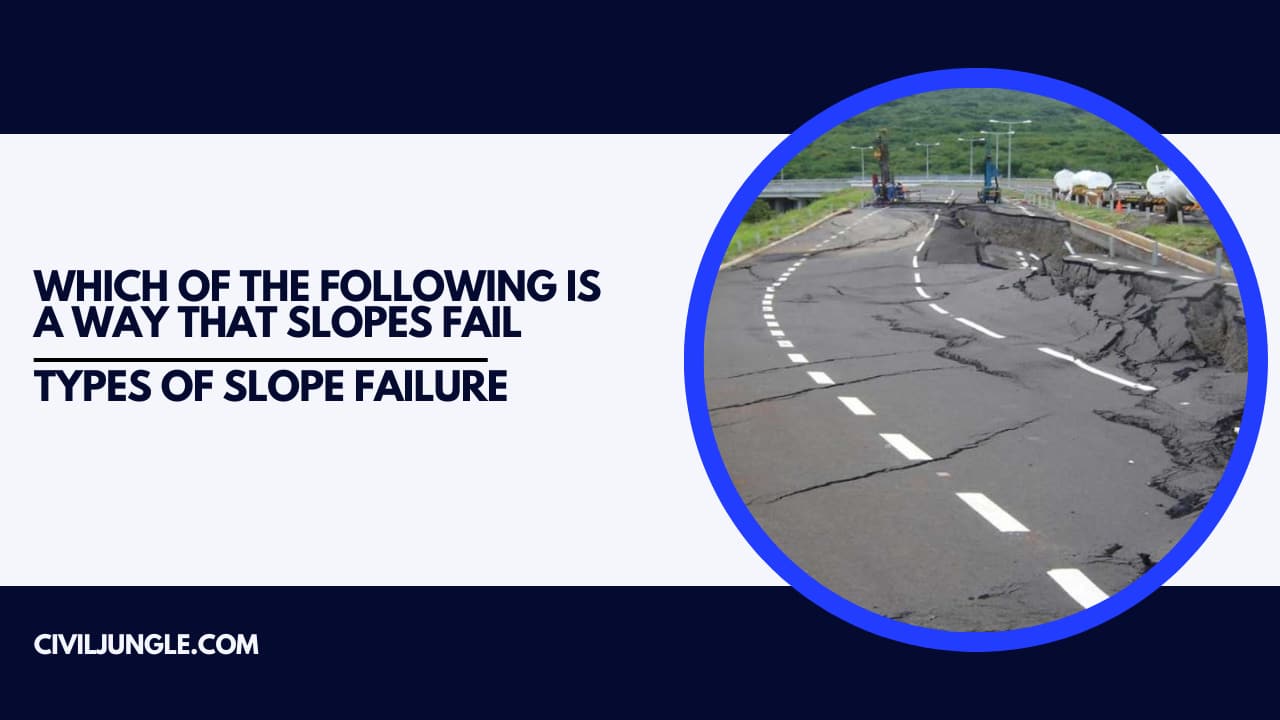
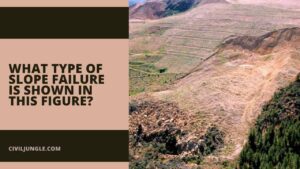
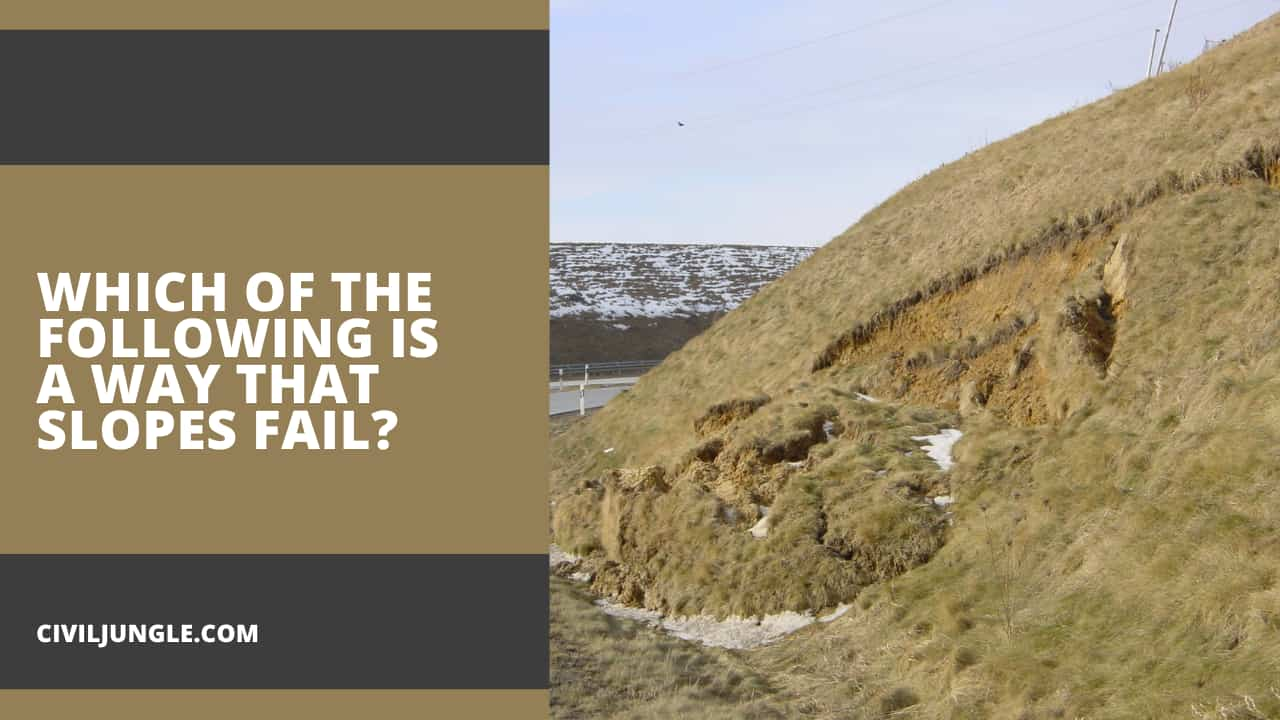
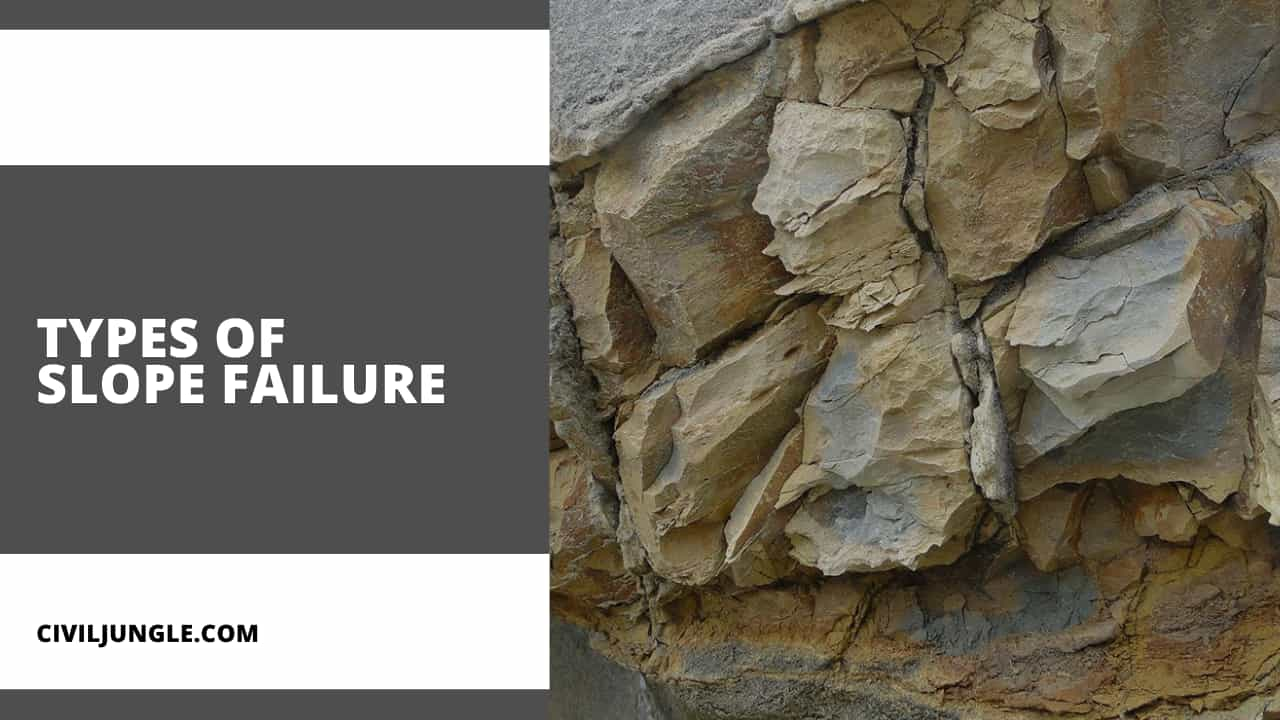
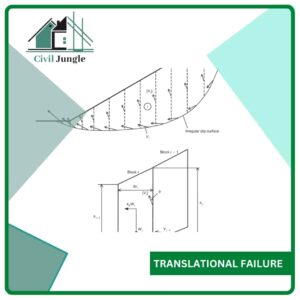
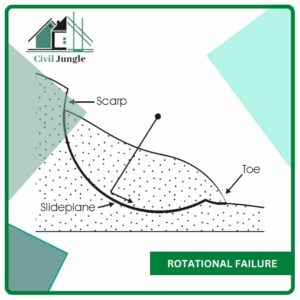


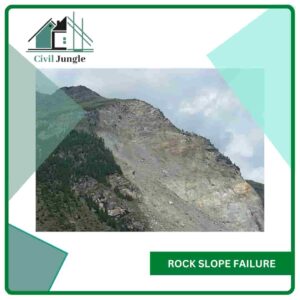
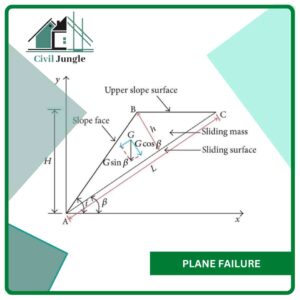
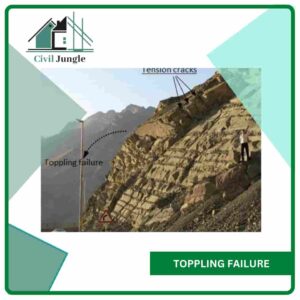
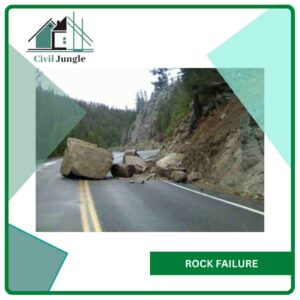
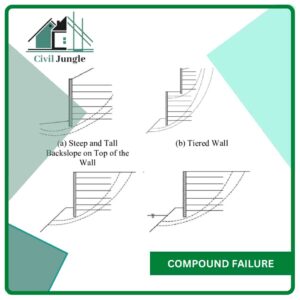
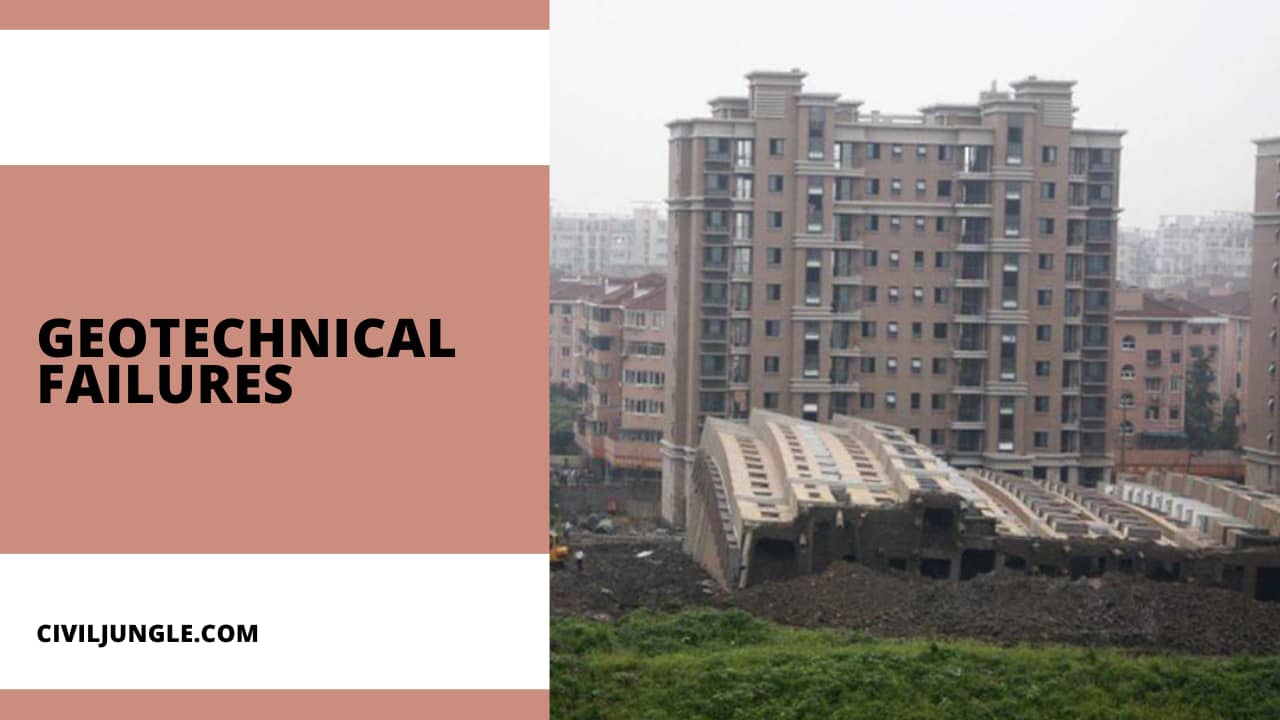
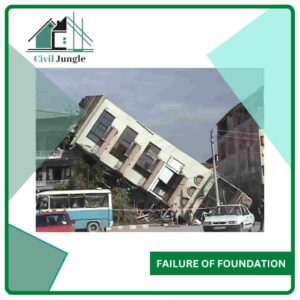

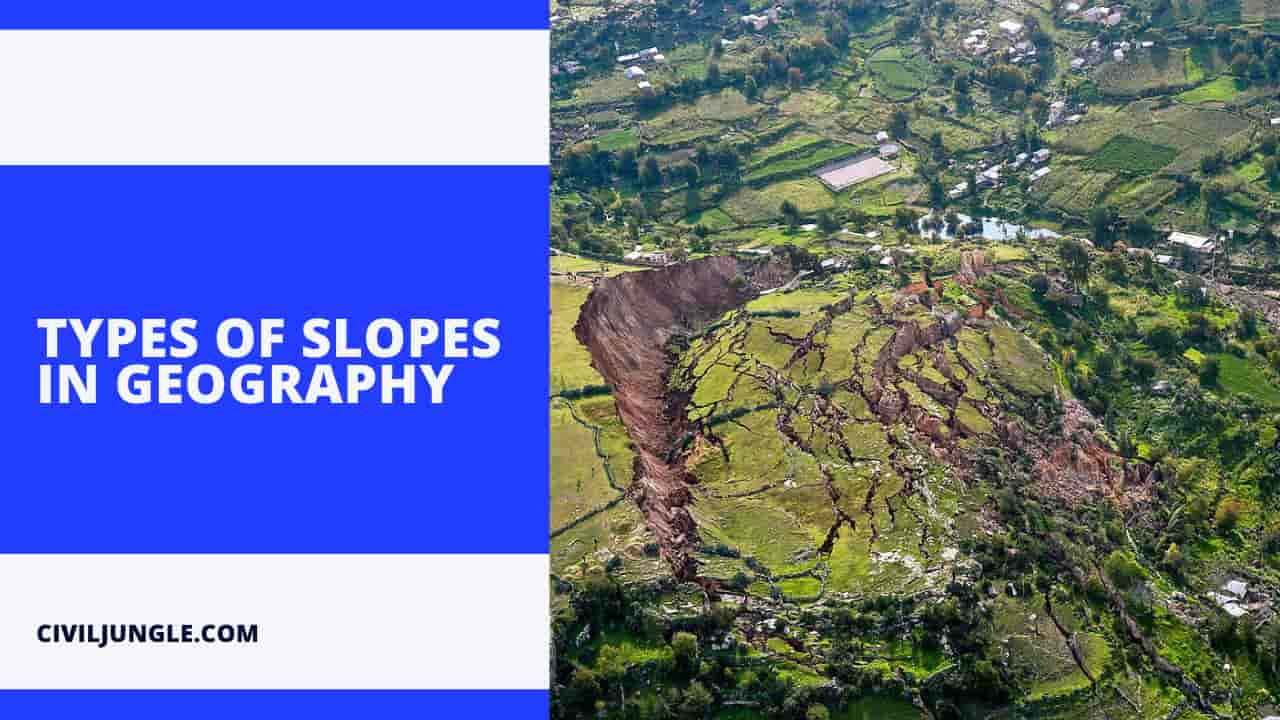

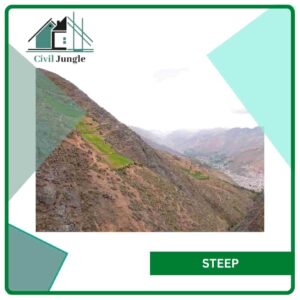


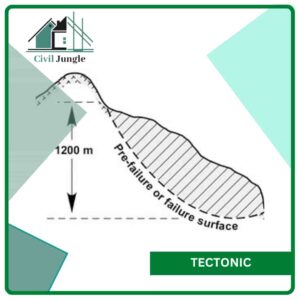
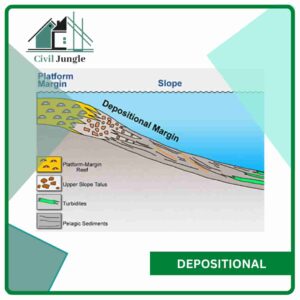


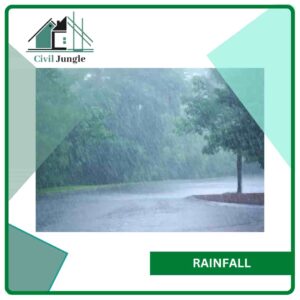

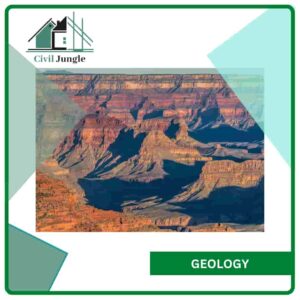

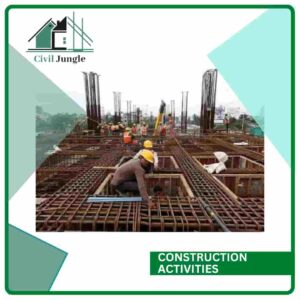
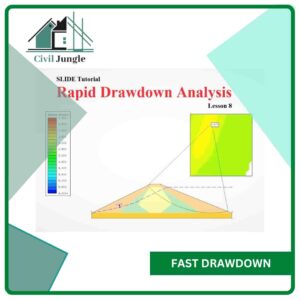

Leave a Reply